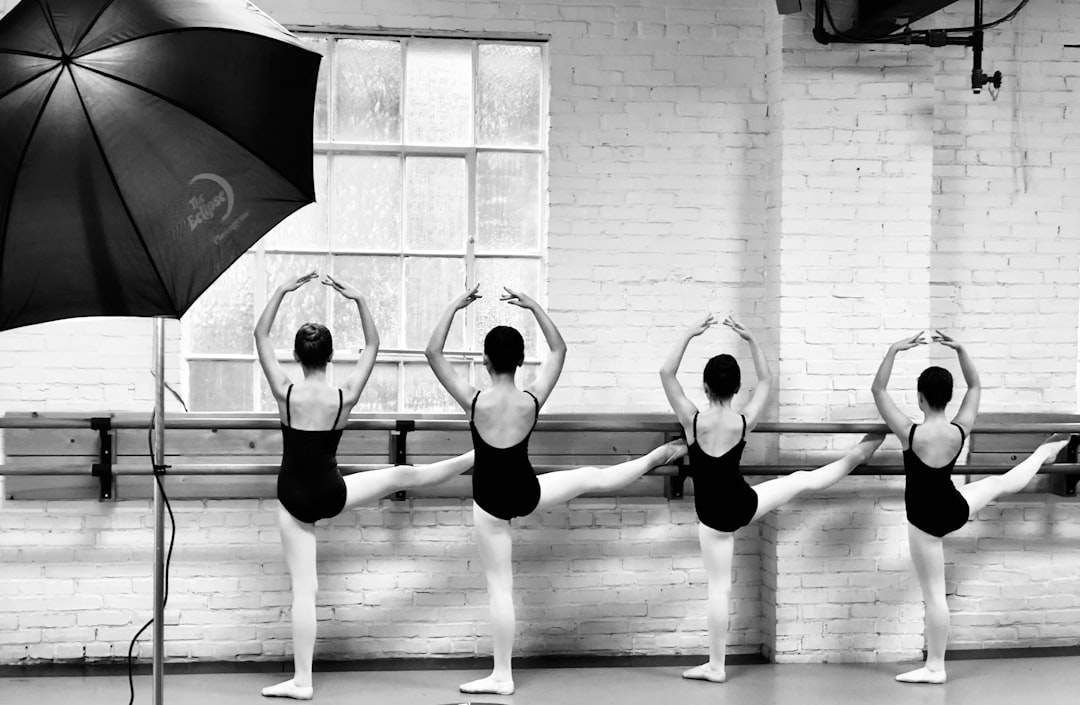A big thank you to those who forego some Thing—a coffee, a second-hand book, a bouquet of broccoli— to support The Unschool each month—I appreciate!
~~~
When I type in “ballet plies” to the search bar, up comes photos of… pliers. Right… I left off the accent.
When I type in “ballet pliés”—with accent—and even “dance rehearsal” or “practice,” up come beautiful photos of dancers in tutus performing under bright and hot stage lights. This photo above was the closest.
Maybe no one practices much anymore? Or no one likes photos of Work? Work fascinates me—the how we go about it.
Online definition of pliés for the non-dancers:
a movement in which a dancer bends the knees and straightens them again, usually with the feet turned out and heels firmly on the ground.
Sounds easy, but is a demanding, even boring, piece of daily dance preparation. As are relevés—keeping the balls of your feet and toes to floor while lifting heels. Do a few of these and feel some pain! Dancers endure thousands of hours of all sorts of practice and work and pain, in order to show up in that tutu under that stage light.
Yet often when we think of “dance,” we think of those few moments in a dancer’s life that we do see.
A dance career—again, as we might think of it, in performance terms mostly—is short. Of all art forms, dance is one that requires maximum hours that are not seen, for quite possibly the least time witnessed by others.
To see a solid dance performance can be deeply moving. It has an intensity. Dance of any type—ballet, jazz, tap, flamenco, and more—without intensity isn’t seen, because those dancers won’t show up on stage. They find work outside of dance; they don’t “make it.”
How does this apply to writing?
Keep reading with a 7-day free trial
Subscribe to Unschool for Writers to keep reading this post and get 7 days of free access to the full post archives.



